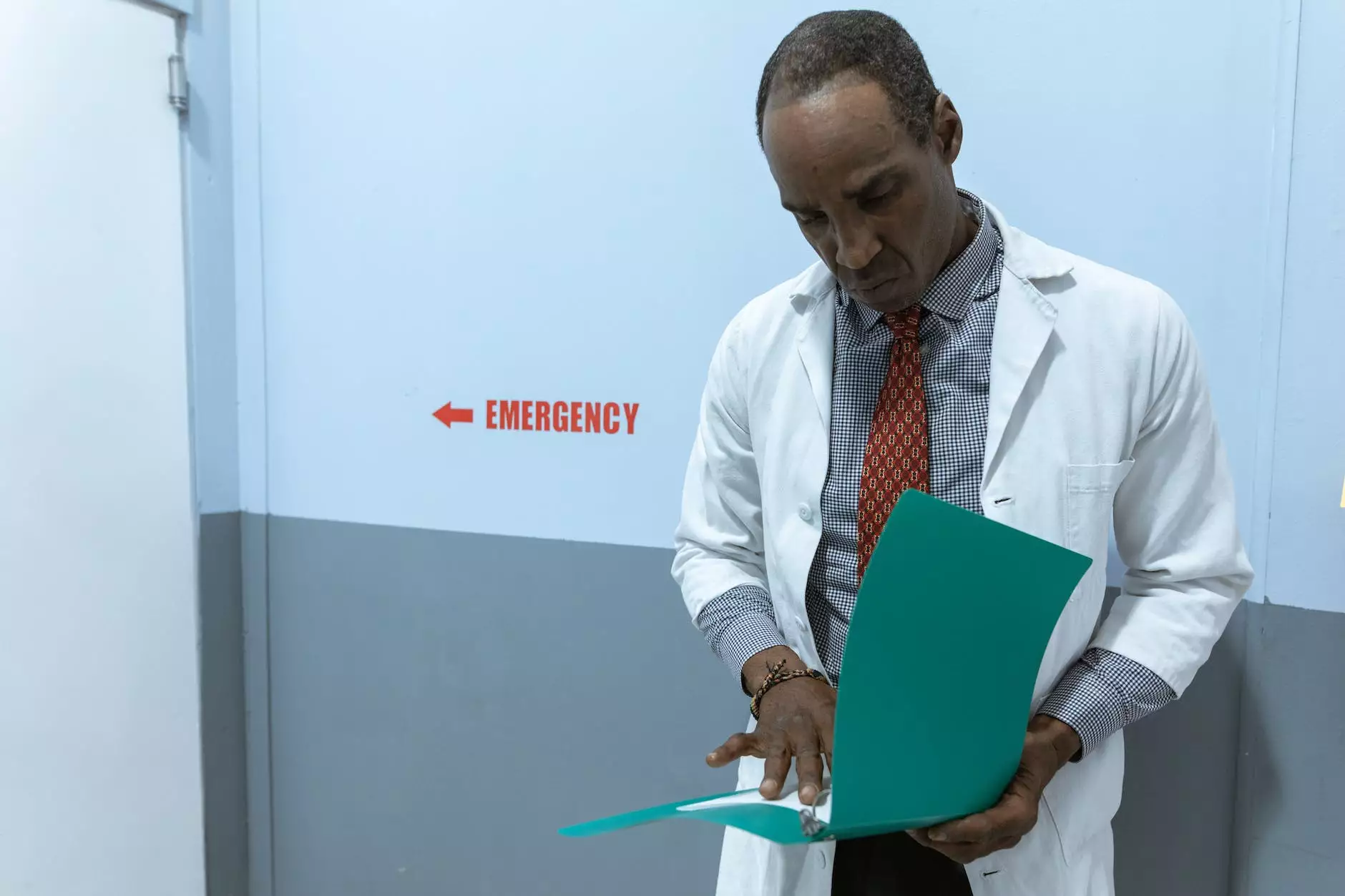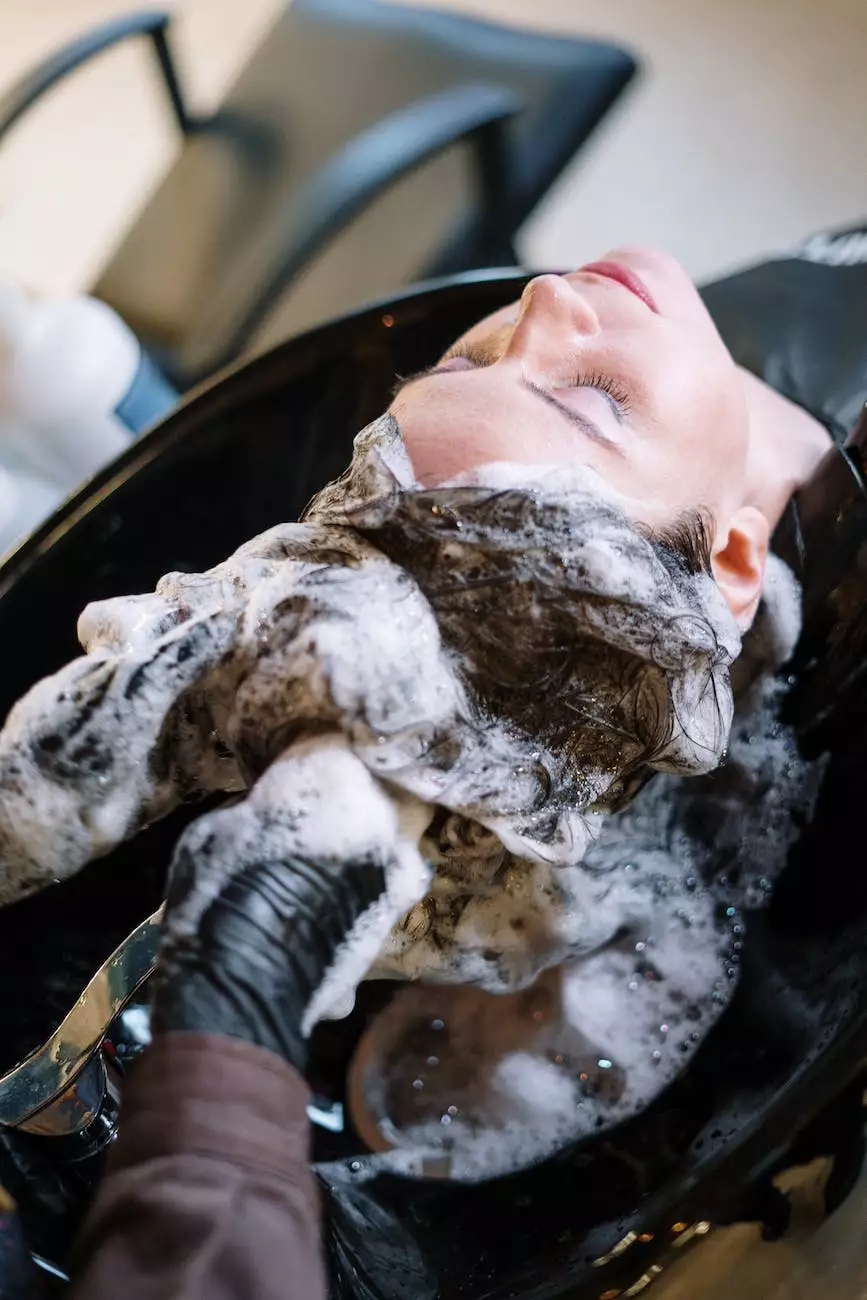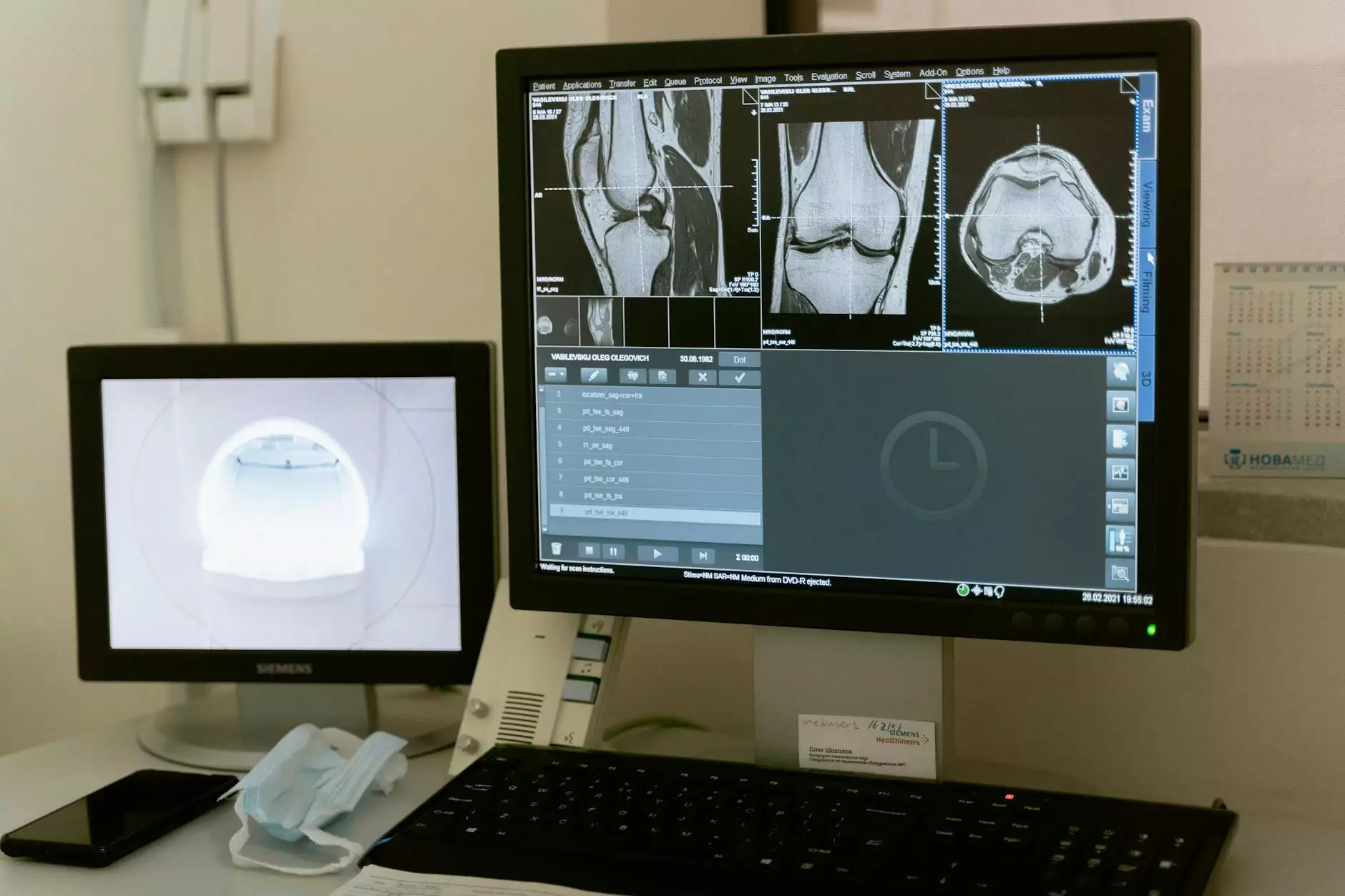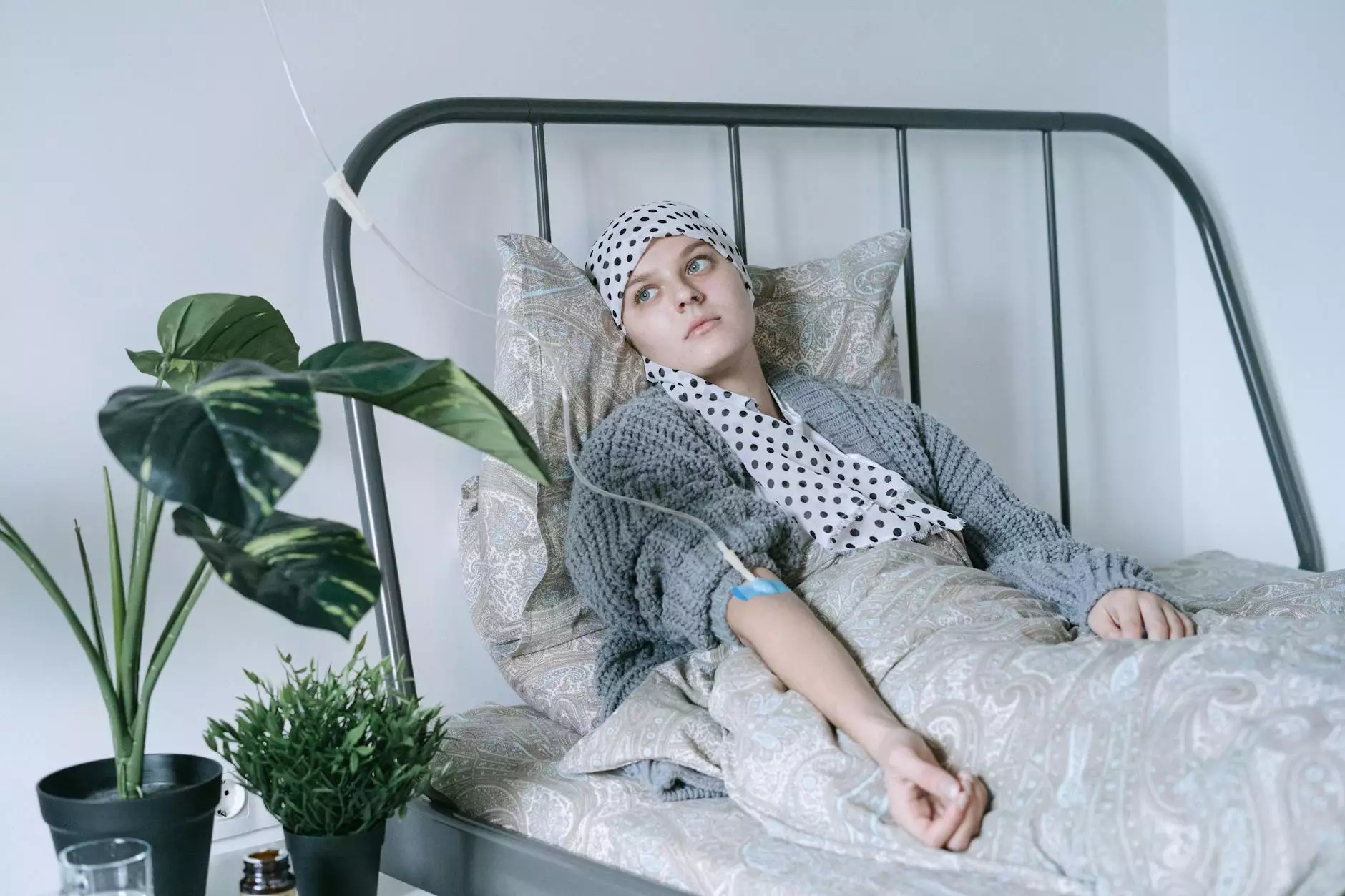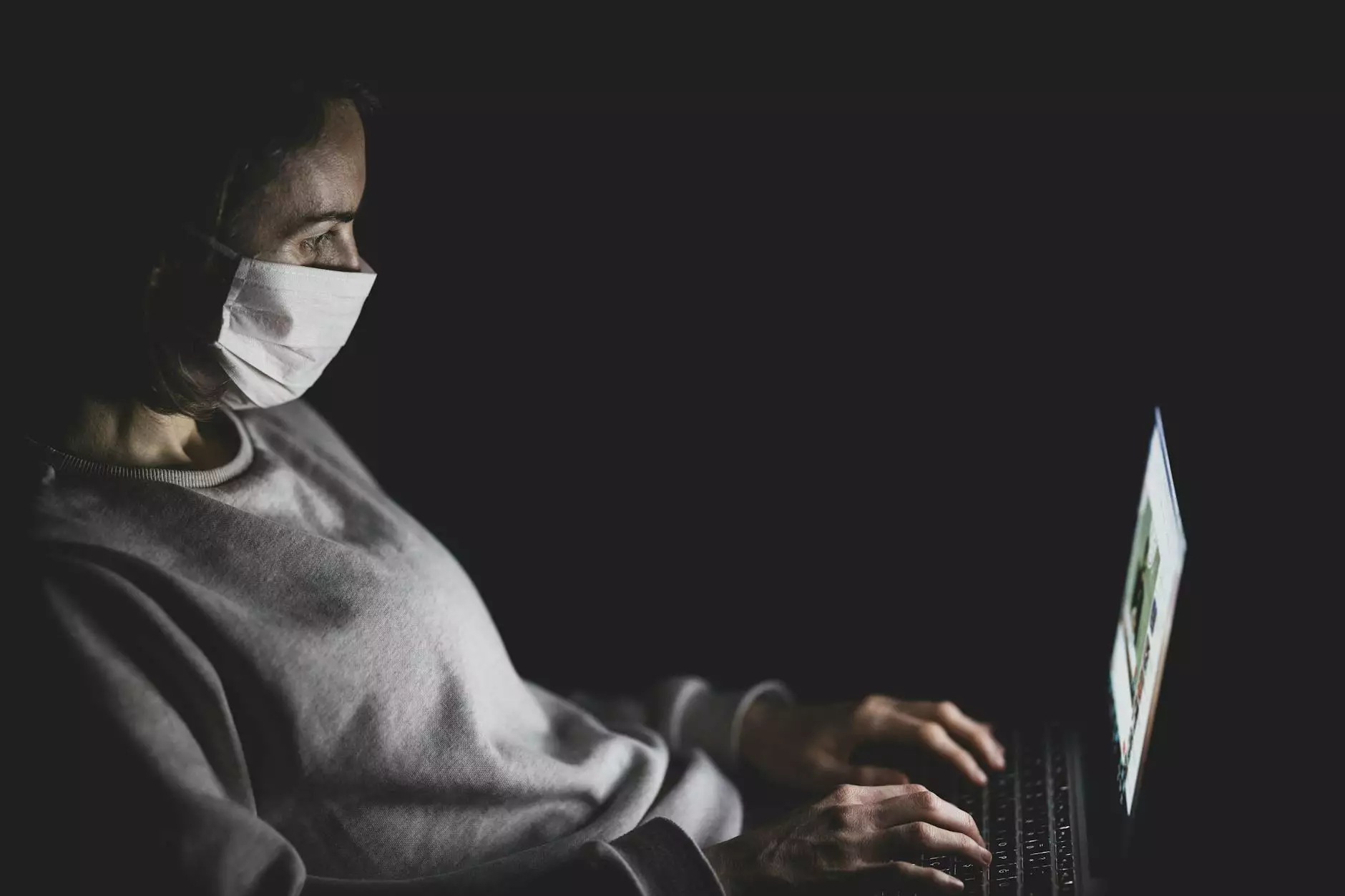Got Scabies? Here's What to Do
Blog
Treating and Preventing Scabies - A Comprehensive Guide by Bowling Orthopaedics
Scabies can be a frustrating and uncomfortable condition to deal with. If you've been struggling with scabies or suspect you might have it, don't worry. This comprehensive guide by Bowling Orthopaedics will provide you with the necessary information and practical tips to effectively treat scabies and prevent them from coming back.
Understanding Scabies
Scabies is a highly contagious skin infestation caused by tiny mites called Sarcoptes scabiei. These microscopic mites burrow into the upper layer of the skin, causing intense itching and a rash. Scabies can affect anyone, regardless of age or gender, and is commonly spread through close personal contact or by sharing personal items such as clothing or bedding.
Recognizing the Symptoms
Common symptoms of scabies include:
- Intense itching, particularly at night
- Small, red bumps or blisters on the skin
- Thin, thread-like lines on the skin surface (caused by the mites burrowing)
- Sores or lesions caused by scratching
Treating Scabies
Step 1: Confirm the Diagnosis
If you suspect you have scabies, it's crucial to seek professional medical advice for an accurate diagnosis. A healthcare provider can examine your skin, identify the mites or their burrows, and provide the appropriate treatment.
Step 2: Medications
Scabies can be effectively treated with prescription medications. The most commonly prescribed treatments include:
- Topical creams or lotions: These contain insecticides that kill the mites and their eggs.
- Oral medications: If the infestation is severe, oral medications may be prescribed to complement the topical treatment.
Step 3: Application of Medications
Following your healthcare provider's instructions, apply the prescribed cream or lotion to your entire body, paying extra attention to the areas commonly affected by scabies, such as the hands, wrists, armpits, and groin. It's important to follow the recommended treatment duration to ensure complete eradication of the mites.
Step 4: Treating Close Contacts
Scabies is highly contagious, so it is essential to treat all individuals who are in close contact with the infected person. This includes household members, sexual partners, and close friends. Sharing treatment information and medications can help prevent recurring infestations.
Preventing Scabies
Practice Good Hygiene
To reduce your risk of acquiring scabies or preventing its recurrence, it's important to practice good personal hygiene. This includes:
- Regularly washing your hands with soap and warm water
- Keeping your nails clean and trimmed to minimize scratching
- Washing your clothes, towels, and bedding in hot water and drying them on high heat
- Avoiding sharing personal items like clothing, towels, or bedding
Environmental Cleaning
It's crucial to thoroughly clean your home and personal belongings to minimize the chances of reinfestation. Some important steps include:
- Vacuuming carpets and furniture to remove any mites or eggs
- Decluttering and washing or dry-cleaning infested items
- Sealing non-washable items in a plastic bag for at least a week to kill the mites
- Regularly changing and washing bedding and towels
Final Thoughts
Dealing with scabies can be challenging, but by following the steps outlined in this comprehensive guide, you can effectively treat scabies and prevent their recurrence. It's important to remember that scabies infestations can take some time to fully resolve, so patience and consistency with the prescribed treatments are key. If you have any concerns or questions, make sure to consult with your healthcare provider for personalized advice.
Remember, this guide was prepared by Bowling Orthopaedics to provide you with reliable information and practical tips to help you overcome scabies. Implementing the recommended measures can significantly improve your chances of successfully treating scabies and achieving lasting relief.

